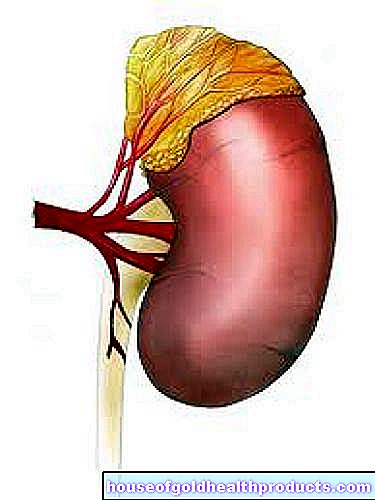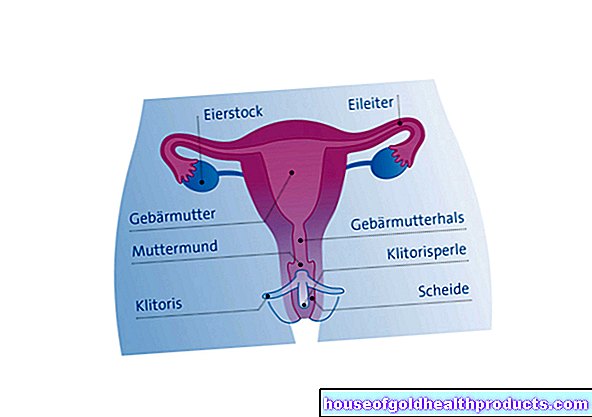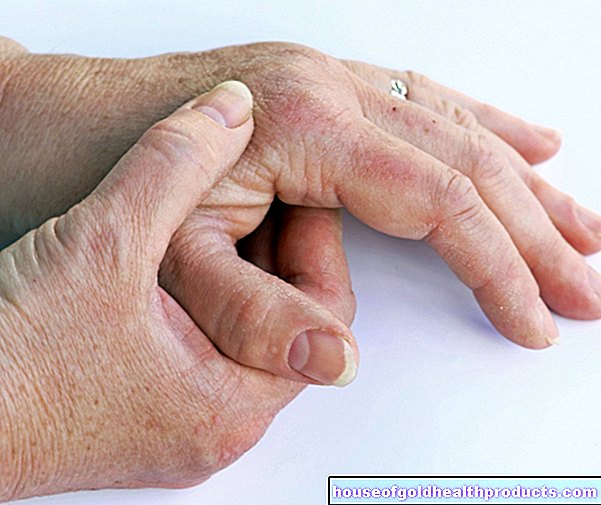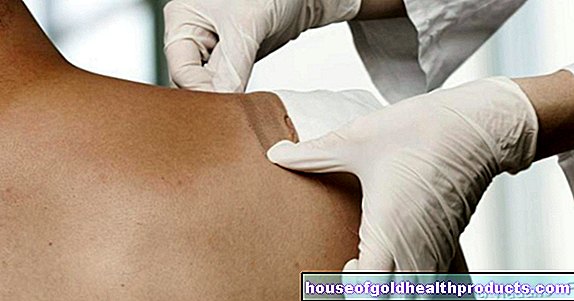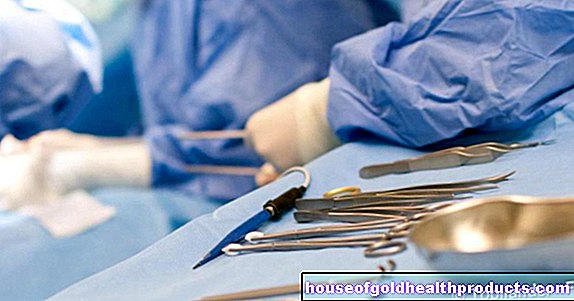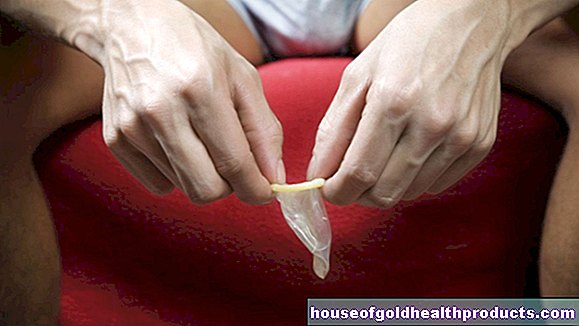Knee replacement
Valeria Dahm is a freelance writer in the medical department. She studied medicine at the Technical University of Munich. It is particularly important to her to give the curious reader an insight into the exciting subject area of medicine and at the same time to maintain the content.
More about the experts All content is checked by medical journalists.A knee TEP - TEP stands for total endoprosthesis - is an artificial knee joint. It is the most frequently used knee prosthesis, completely replaces the knee joint and thus forms a new knee joint. Read everything about knee replacement surgery, how it works and what risks it entails.

What is knee replacement?
So that the knee TEP can fulfill its joint function, the knee prosthesis consists of a thigh component (femur component) and a lower leg component (tibia component) made of metal. In between there is a sliding surface made of plastic (polyethylene), which functions as joint cartilage. The knee TEP can also replace the kneecap.
As long as the posterior cruciate ligament and collateral ligaments are still functioning and can guide and support the knee TEP, the components do not have to be connected to one another. This is also called an uncoupled knee joint prosthesis. If the knee TEP is not sufficiently stabilized by the ligaments, a coupled knee joint prosthesis must be used in which both components are connected to one another like a hinge. The disadvantages are limited mobility and higher weight.
When do you do a knee replacement?
The most common reason for a knee replacement surgery is signs of wear and tear (osteoarthritis of the knee). This is a degenerative joint disease in the knee. Their frequency increases with age. The joint surfaces rub against each other painfully. Other causes of an artificial knee are inflammation (arthritis), injuries and misalignments.
What do you do with a knee replacement?
Before the implantation of a knee TEP, the surgeon selects the suitable model or, together with a specialist, creates an individual artificial knee joint based on a magnetic resonance tomography examination. The operation and anesthesia will be discussed with you beforehand. The knee replacement surgery is usually carried out under general anesthesia. The surgeon removes worn bone parts from the upper and lower leg bones and implants the knee TEP. After a functional test, the tissue and skin are sutured.
What are the risks of a knee replacement?
Like any operation, the implantation of a knee replacement also has complications. General risks are infection, blood clots, or bleeding. Especially with knee replacement surgery, loosening, dislocation or scarring can occur, in which the artificial knee joint causes pain due to the restriction of movement.
What do I have to consider after a knee replacement?
Through physiotherapy, muscles and mobility are restored and you learn how to handle your knee TEP in a way that is gentle on the joints. Follow-up treatment and regular check-ups ensure the success of the therapy. After about four to six weeks, you can put full weight on the knee replacement surgery. However, you should avoid sports that put a lot of stress on your joints. Alternatively, swimming, Nordic walking or cycling are suitable. Artificial knee joints are durable for more than 20 years, depending on the type and correct treatment.
